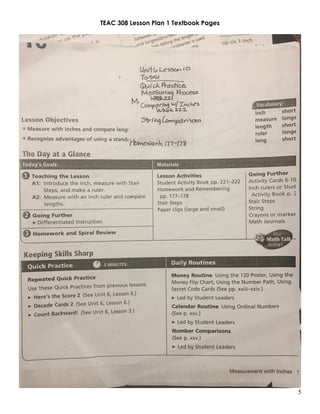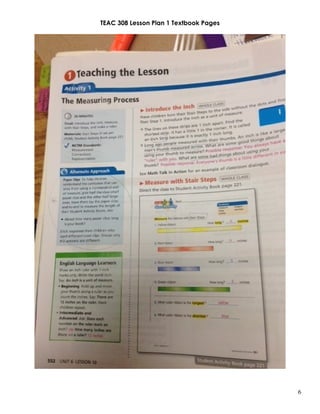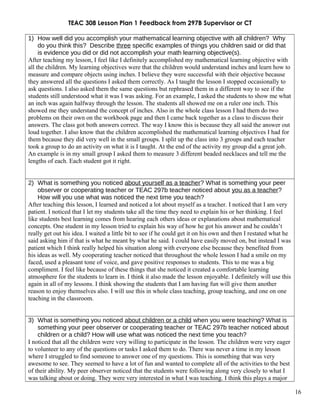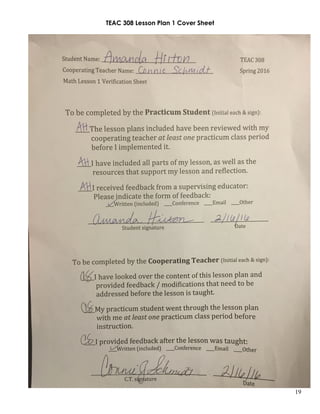This lesson plan introduces 1st grade students to measurements using inches. The teacher will capture students' interest through questions and group activities measuring classroom objects. Students will then explore measuring through a scavenger hunt. To explain the concepts, the teacher will ask students what they know about measurement and introduce inches and rulers. New vocabulary like inches, length, and unit will be defined. Later, students will develop a deeper understanding of standard units by comparing different measurement methods. The lesson objectives will be evaluated through homework, group work observations, and a class discussion to review the key points.


















